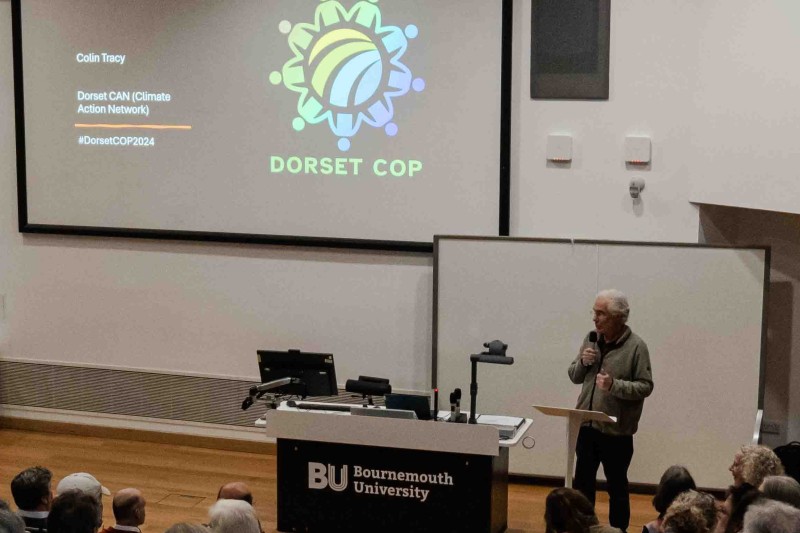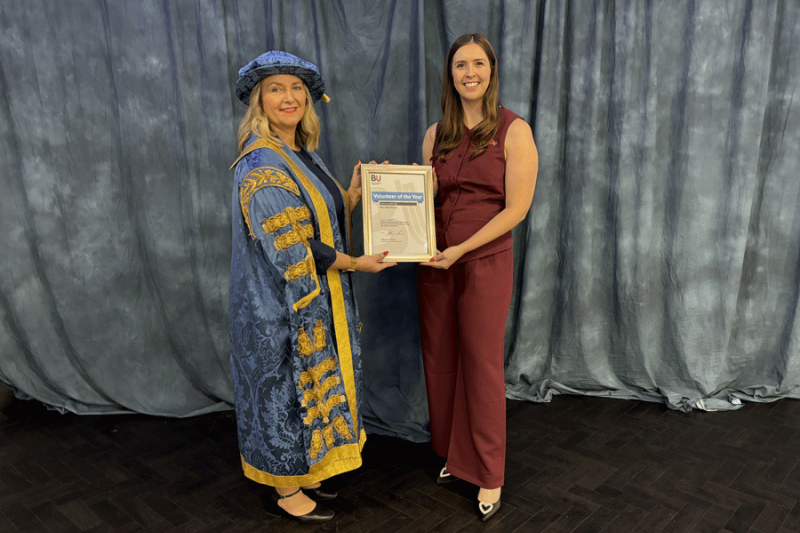Study reveals remains of 25 soldiers in two mass graves discovered within the dry moat of Sidon Castle, Lebanon. The skeletal remains show a large number of weapon injuries from swords, maces and arrows.
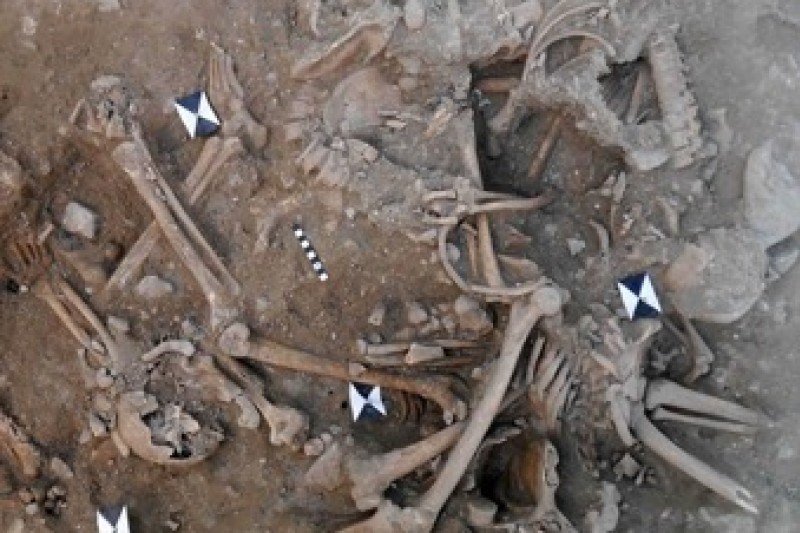
Much of our knowledge of the lives and deaths of crusaders is derived from historical texts, and although previous research has focused on human remains from crusader period cemeteries in Europe and the Middle East, very few conflict-related mass grave sites have been identified or studied.
In a new study published in PLoS ONE, a team of international researchers detail their findings from analyses of the human skeletal remains excavated at Sidon Castle on the eastern Mediterranean coast of south Lebanon. Their results greatly improve our knowledge of warfare during the crusades, particularly during the 13th century, and shine a light on crusader demographics, specific weapon tactics and injuries and the treatment of the dead.
The crusaders first captured Sidon in 1110 CE, after the First Crusade. However, in the second half of the 13th century the crusaders’ military strength was weakening and they struggled to keep possession of the city.
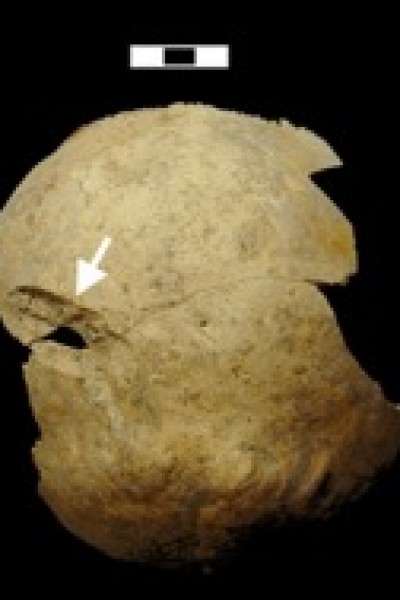
The remains from the Sidon Castle excavations were first identified as crusaders based on the inclusion of European style belt buckles and a crusader coin within the graves. DNA and isotope analyses of their teeth further confirmed that some of the men were born in Europe, while others were the offspring of crusader settlers who migrated to the “Holy Land” and intermarried with local people.
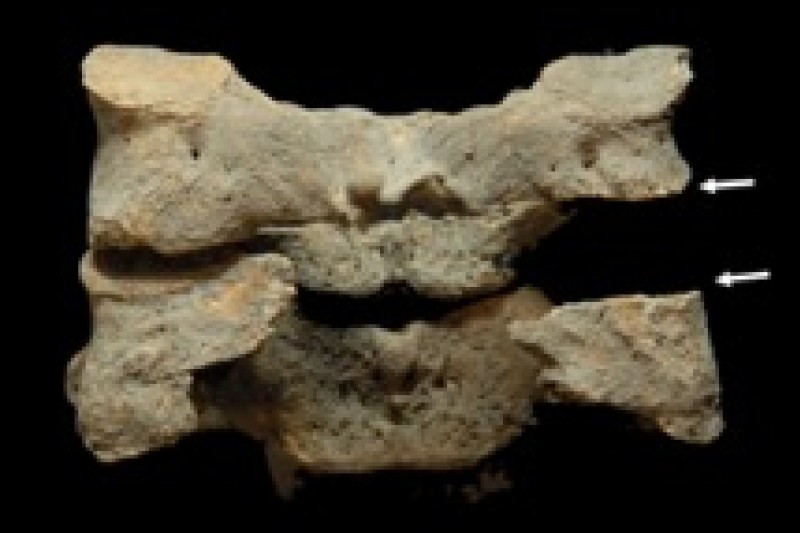
Radiocarbon dating of the bones suggests these soldiers died in the 13th century. Historical records written by the crusaders show that Sidon was attacked and destroyed in 1253 by Mamluk troops, and again in 1260 by Mongols. It is highly likely that these soldiers died in one of these battles.
Some of the skeletal remains show sword wounds to the back of the body, suggesting the soldiers were attacked from behind, likely running away at the time they were cut down. Others have sword wounds across the back of the neck, indicating they were possibly captives executed by decapitation after the battle.
Dr Richard Mikulski of Bournemouth University, who excavated and analysed the skeletal remains and worked with the archaeologists at the Sidon excavation site, explained, “All the bodies were of teenage or adult males, indicating that they were combatants who fought in the battle when Sidon was attacked. When we found so many weapon injuries on the bones as we excavated them, I knew we had made a special discovery.”
Bournemouth University colleague Dr Martin Smith, said: “To distinguish so many mixed up bodies and body parts took a huge amount of work, but we were finally able to separate them out and look at the pattern of wounds they had sustained.”
“The way the body parts were positioned suggests they had been left to decompose on the surface before being dropped into a pit some time later. Charring on some bones suggests they used fire to burn some of the bodies.”
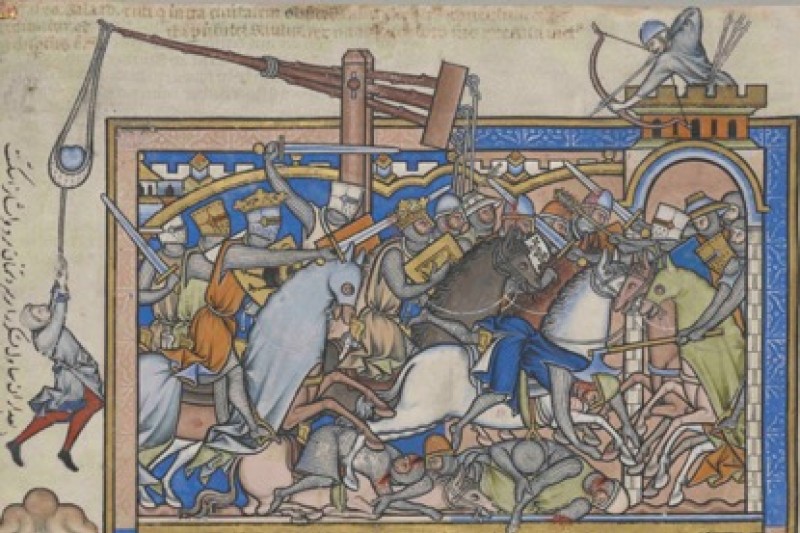
Dr Piers Mitchell of the University of Cambridge, who was the crusader expert on the project, explained “Crusader records tell us that King Louis IX of France was on crusade in the Holy Land at the time of the attack on Sidon in 1253. He went to the city after the battle and personally helped to bury the rotting corpses in mass graves such as these. Wouldn’t it be amazing if King Louis himself had helped to bury these bodies?”
Mitchell continued “So many thousands of people died on all sides during the crusades, but it is incredibly rare for archaeologists to find the soldiers killed in these famous battles. The wounds that covered their bodies allow us to start to understand the horrific reality of medieval warfare.”
The findings of the study are published in the journal PLoS ONE and can be viewed in full at: https://journals.plos.org/plosone/article?id=10.1371/journal.pone.0256517

